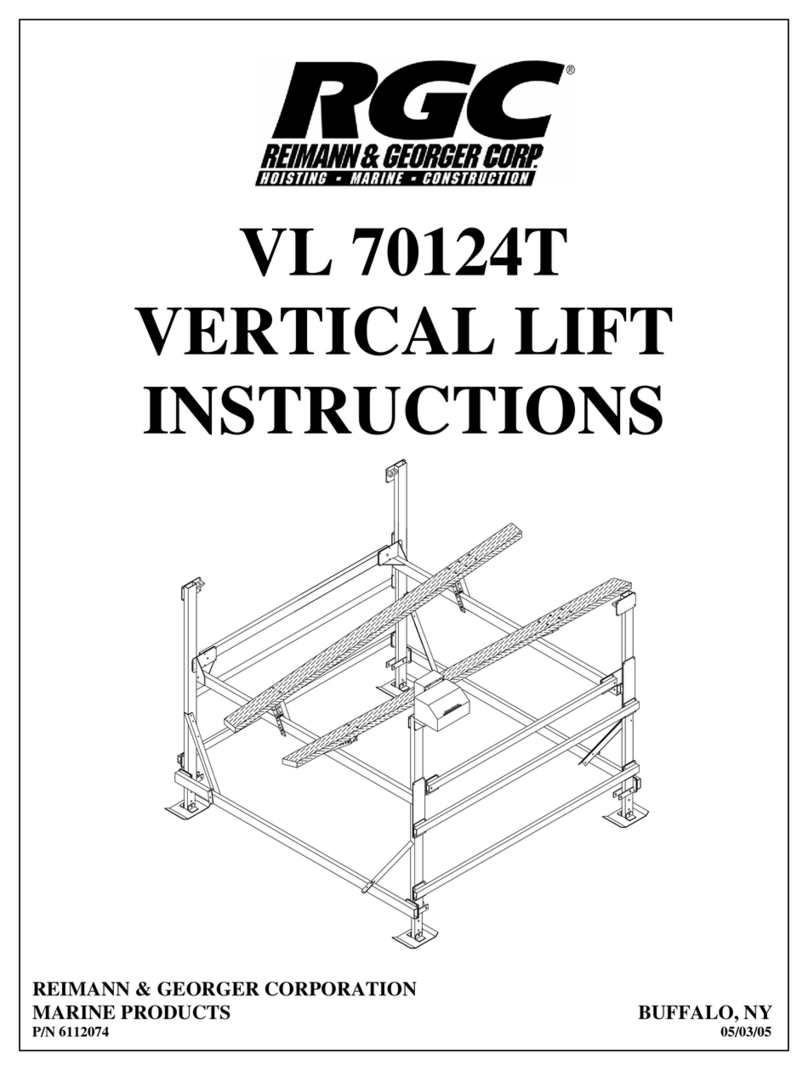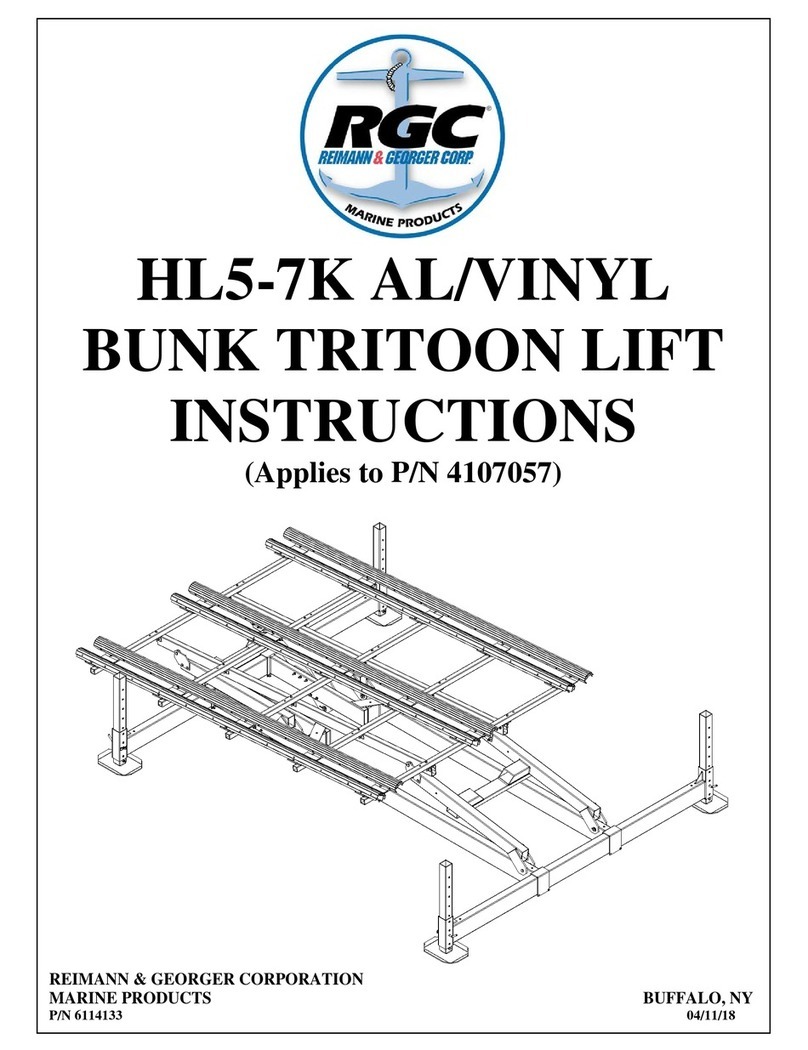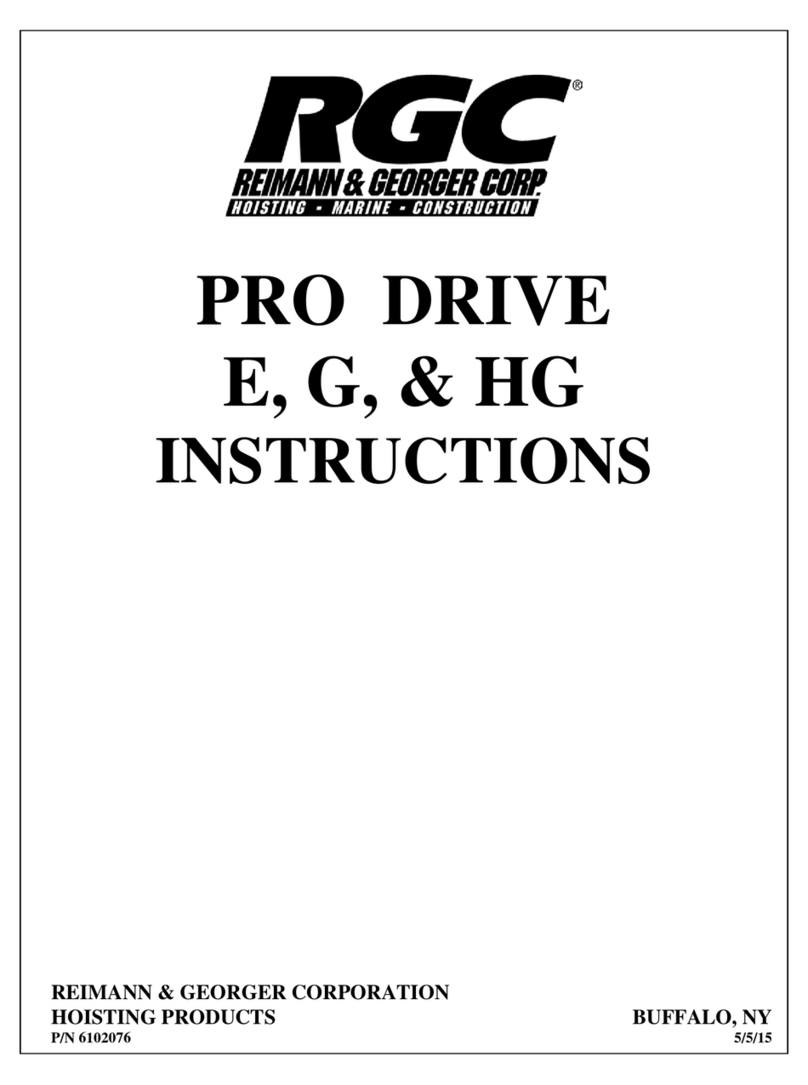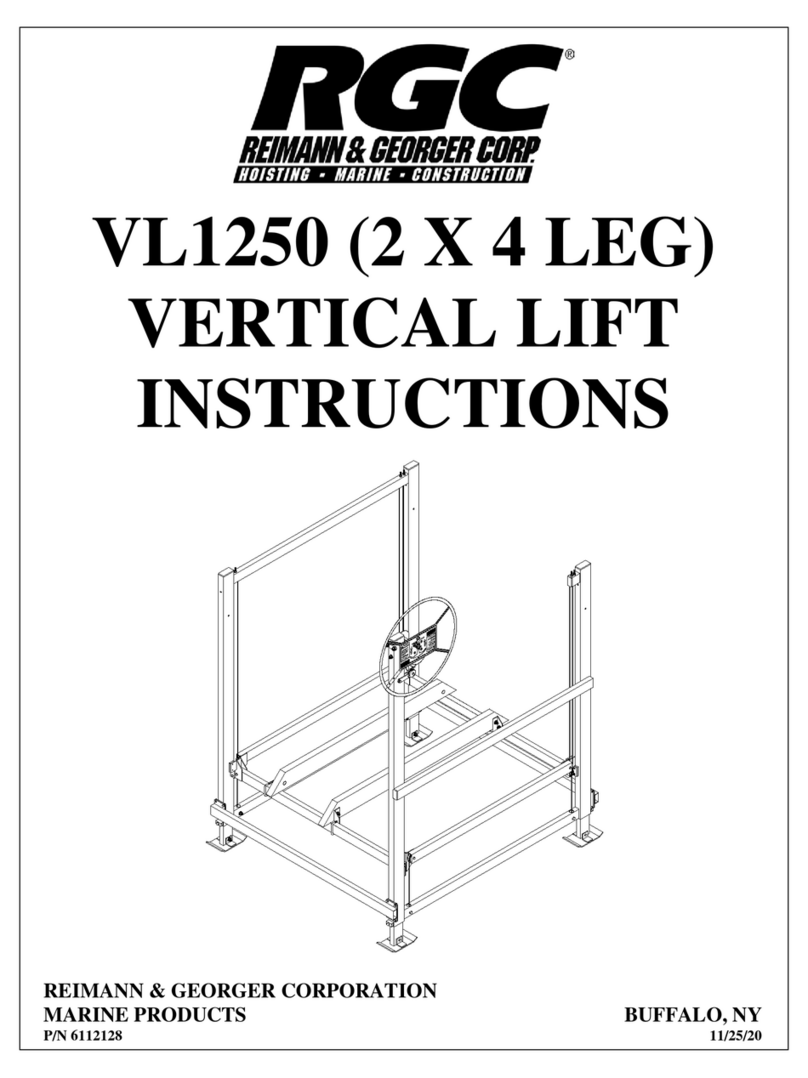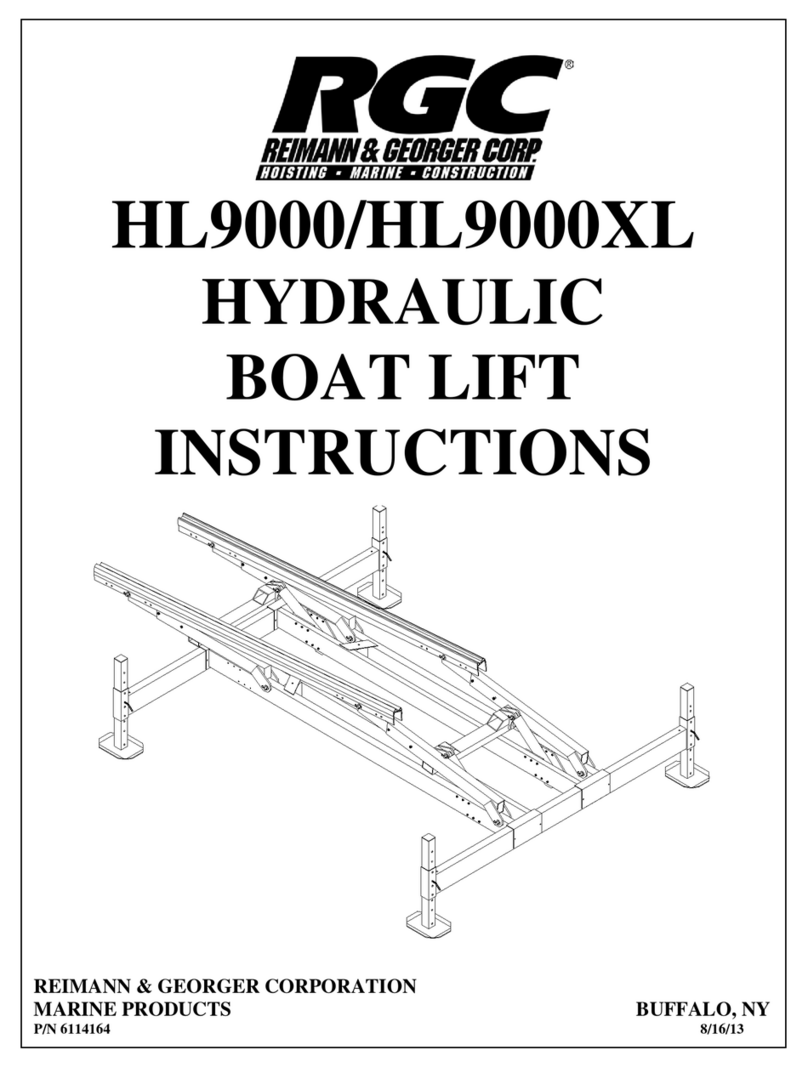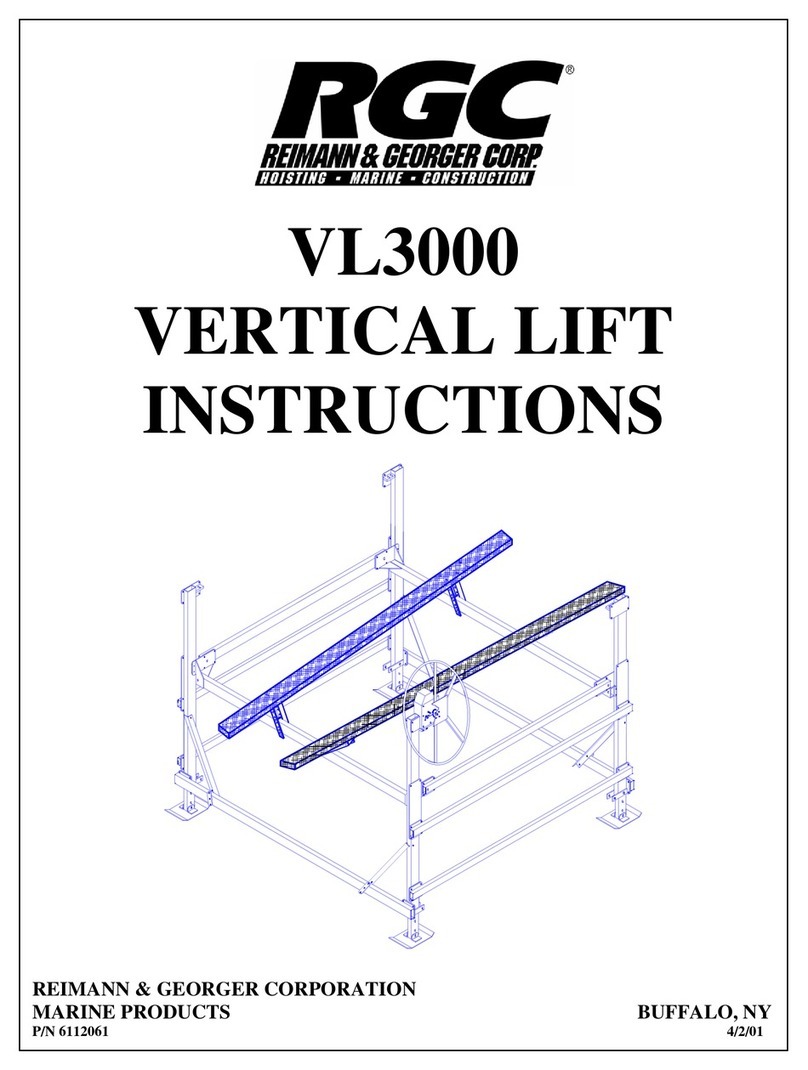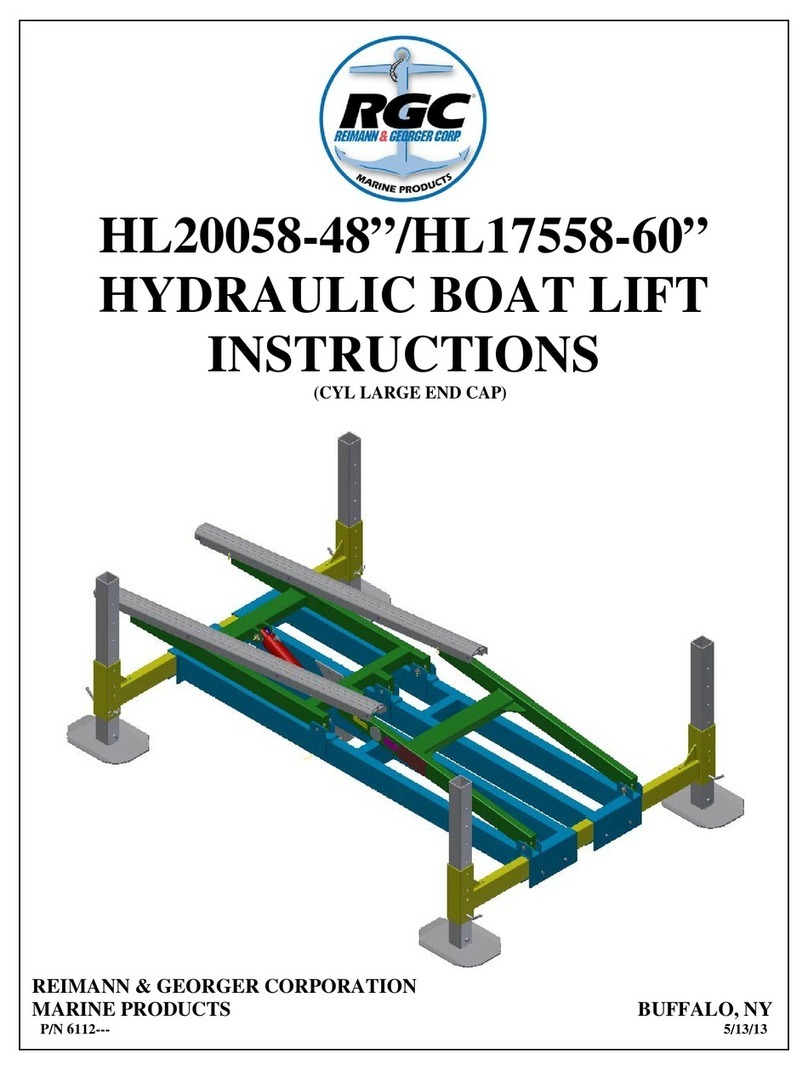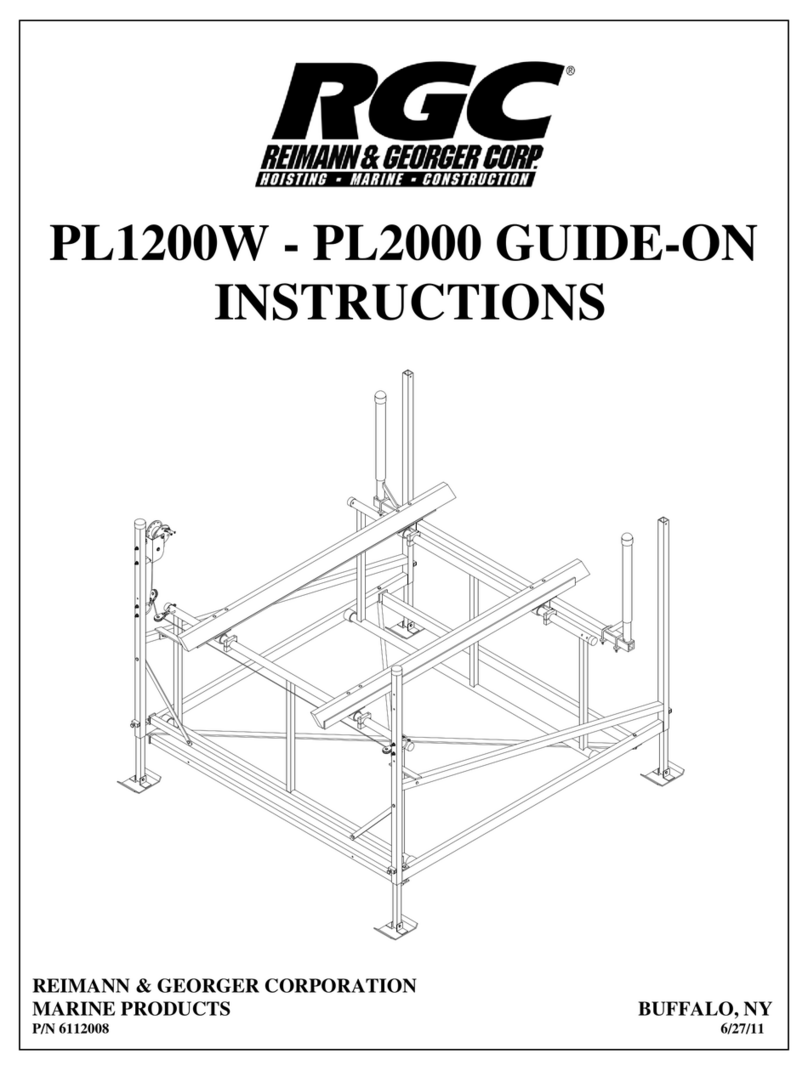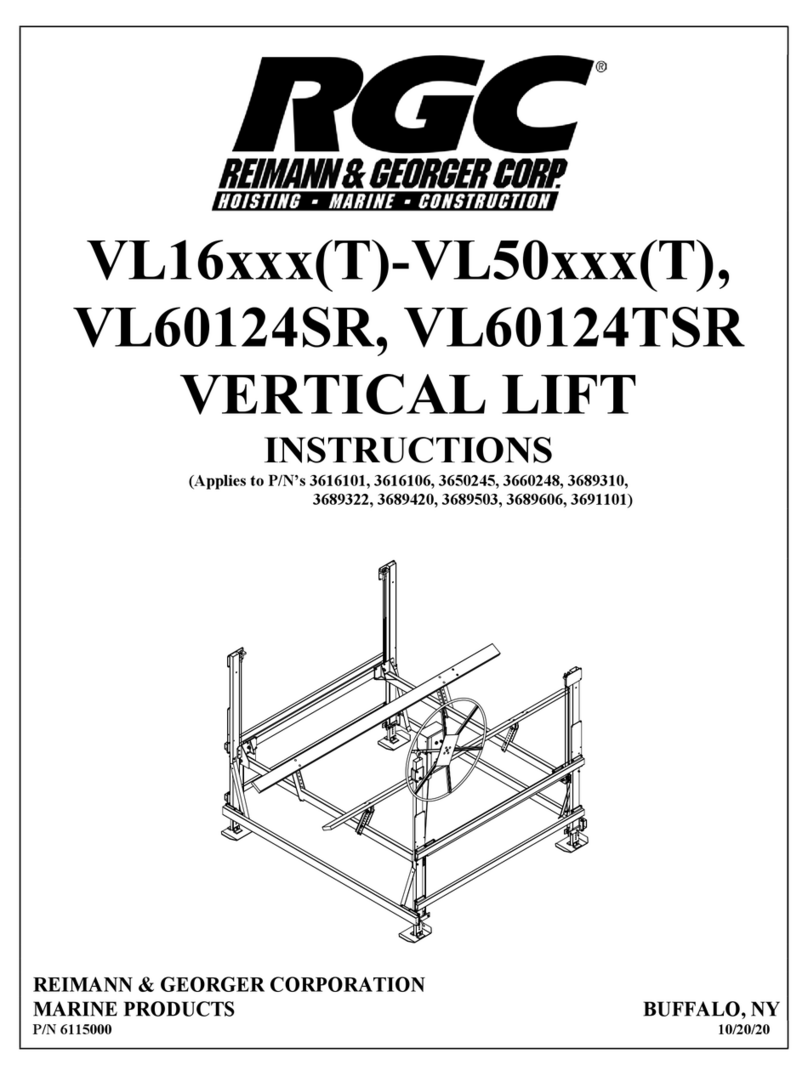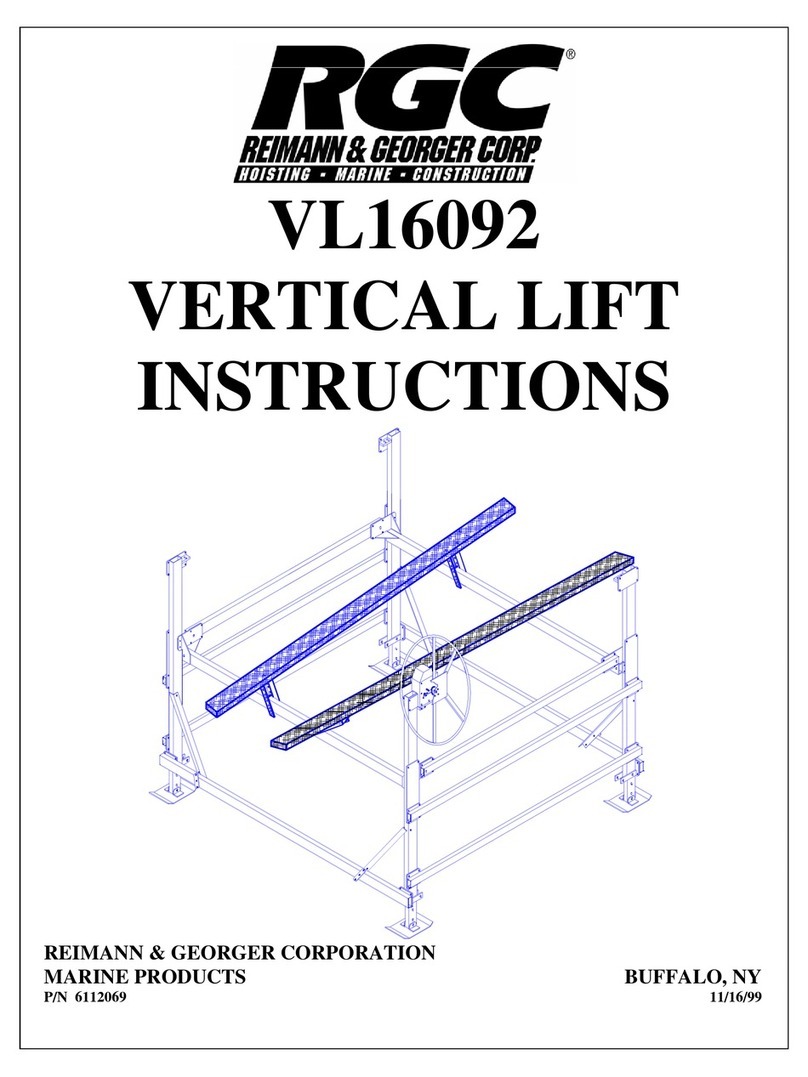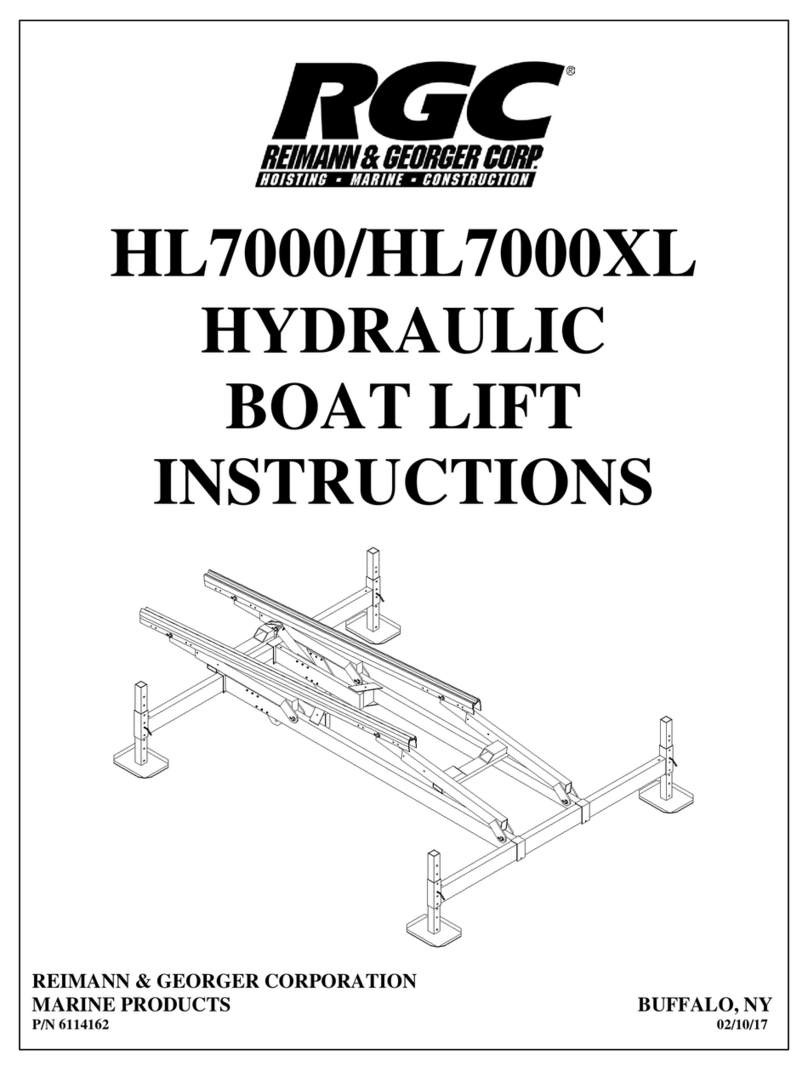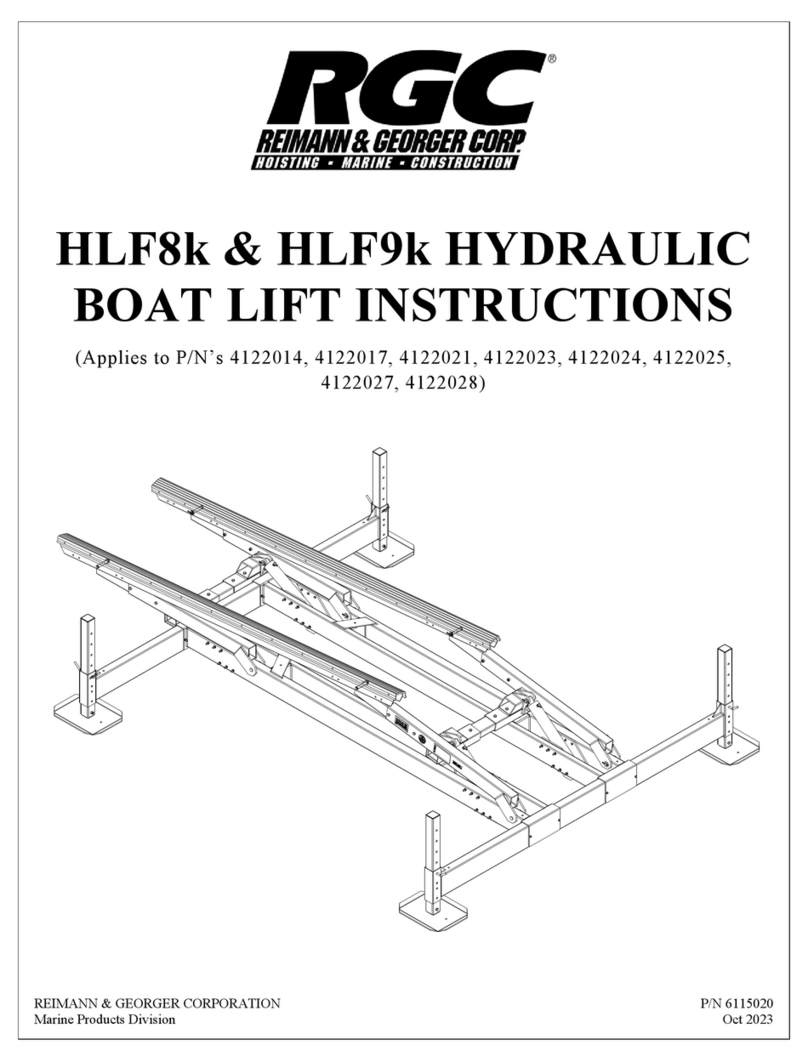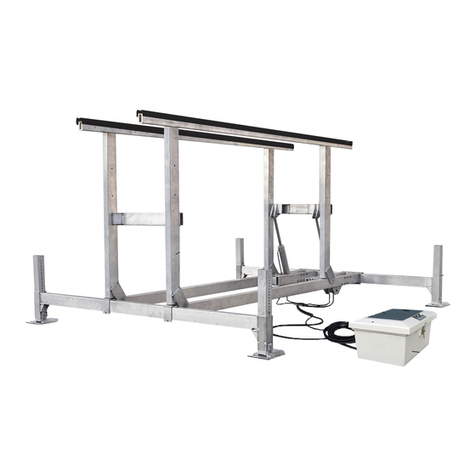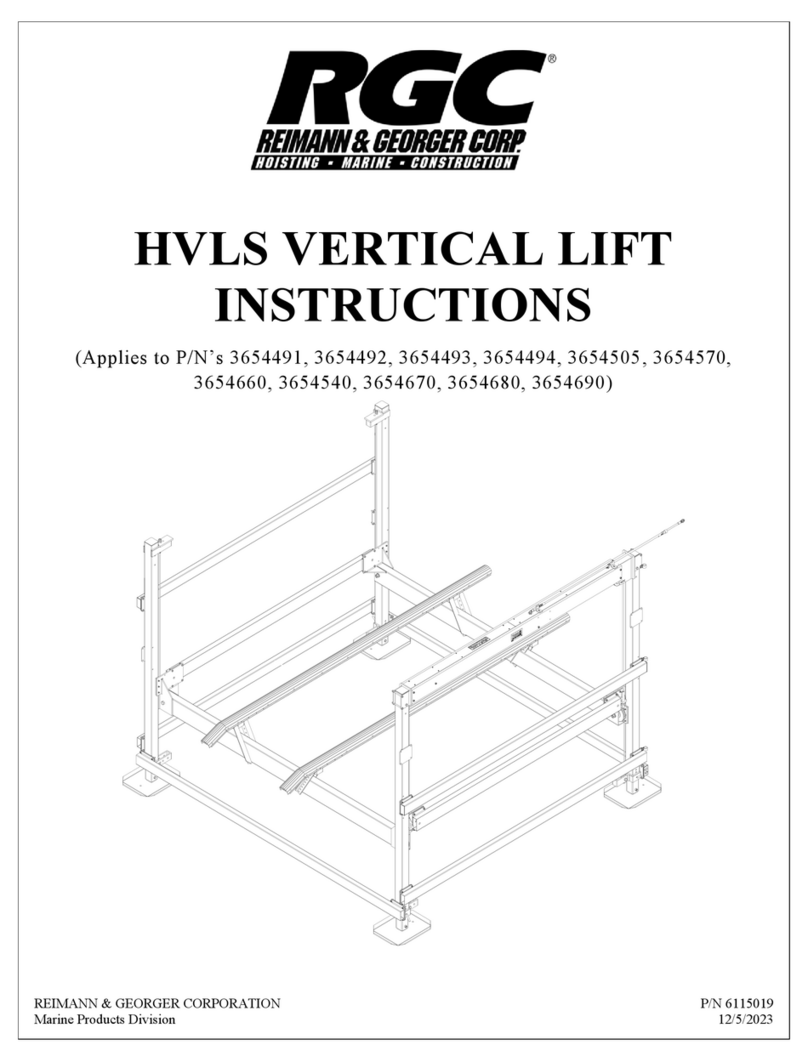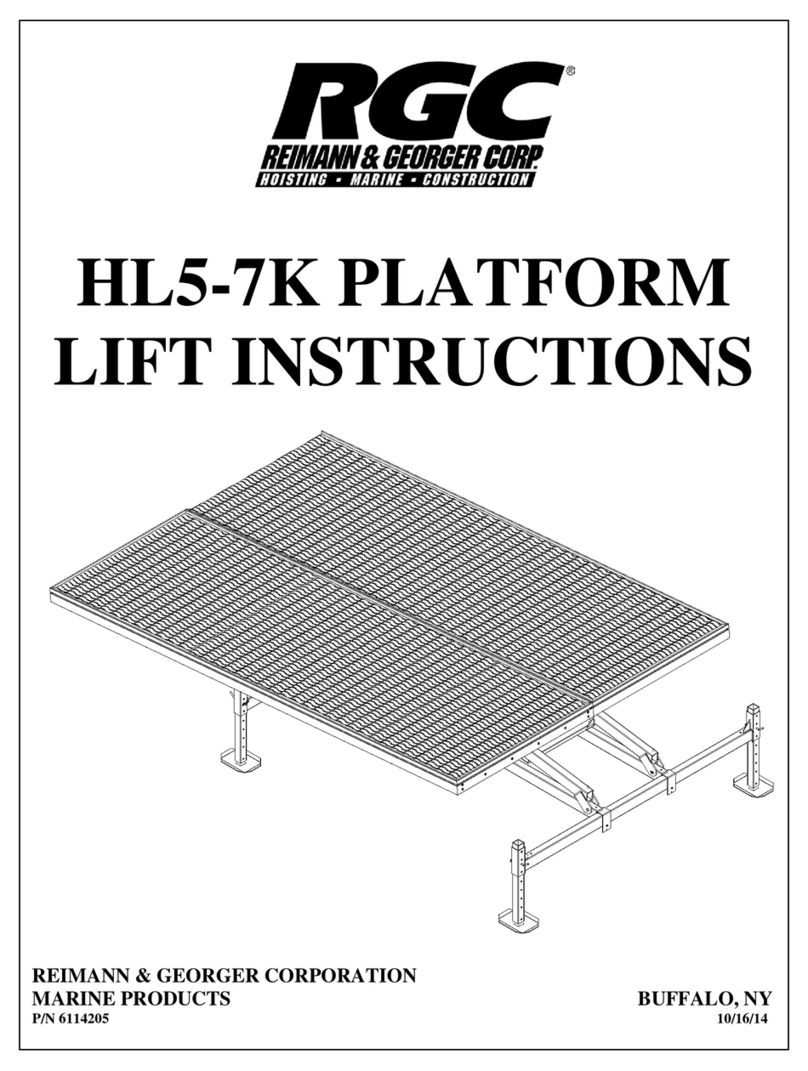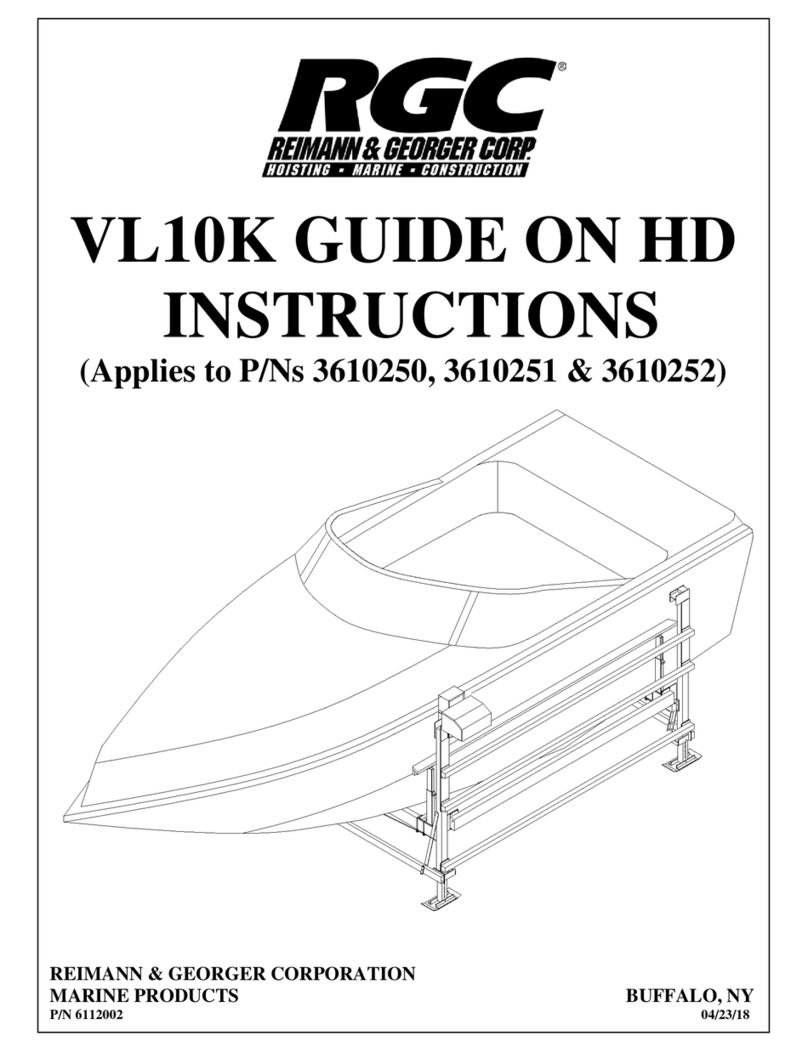
1
Contents
SAFETY ....................................................................................................................................................... 2
1.1. INTRODUCTION .............................................................................................................................................. 2
1.2. SAFETY DEFINITIONS.................................................................................................................................... 2
1.3. EQUIPMENT SAFETY LABELS ..................................................................................................................... 2
1.4. EQUIPMENT AND PERSONNEL SAFETY .................................................................................................... 2
1.5. INSTALLATION SAFETY ............................................................................................................................... 3
1.6. OPERATING SAFETY ...................................................................................................................................... 3
SPECIFICATIONS ....................................................................................................................................... 4
2.1. NAMEPLATE AND SERIAL NUMBER TAG................................................................................................. 5
2.2. REQUIRED ACCESSORIES ............................................................................................................................. 5
2.3. OPTIONAL EQUIPMENT ................................................................................................................................ 5
INSTALLATION AND SETUP ................................................................................................................... 6
3.1. Pre-Installation Checks ....................................................................................................................................... 6
3.2. Prior to Setup ...................................................................................................................................................... 6
3.3. Leg & Main Frame Assembly ............................................................................................................................. 7
3.4. Liftarm Installation ............................................................................................................................................. 8
3.5. Cylinder Installation ........................................................................................................................................... 9
3.6. Operating Position ............................................................................................................................................ 10
3.7. Connecting Hydraulic Power Supply ................................................................................................................ 10
OPERATION .............................................................................................................................................. 11
4.1. BEFORE OPERATING THE LIFT ................................................................................................................. 11
4.2. TESTING LIFT OPERATION ......................................................................................................................... 11
4.3. RAISING AND LOWERING THE BOAT ...................................................................................................... 12
4.4. SECURING LIFT WHEN NOT IN USE ......................................................................................................... 12
INSPECTION AND MAINTENANCE ...................................................................................................... 13
5.1. GENERAL MAINTENANCE RULES ............................................................................................................ 13
5.2. ANNUAL INSPECTION ................................................................................................................................. 14
5.3. STORAGE PROCEDURE ............................................................................................................................... 14
TROUBLESHOOTING .............................................................................................................................. 15
PARTS LISTS............................................................................................................................................. 17
7.1. HL2K Boat Lift ................................................................................................................................................. 17
7.2. 4108809 Cylinder & Hose Assembly Components .......................................................................................... 17
LIMITED PRODUCT WARRANTY ......................................................................................................................... 19
COMMERCIAL PRODUCT PROVISIONS .............................................................................................................. 21












